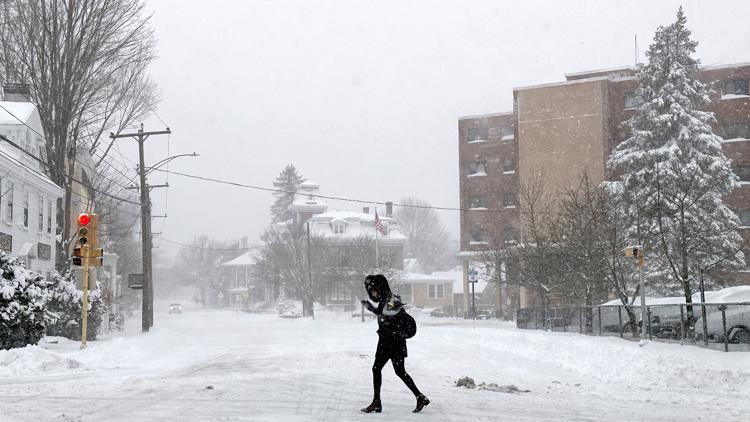UPDATE: As winter weather intensifies across the United States, the National Weather Service has issued multiple winter storm warnings just in time for January. Cleveland and surrounding areas are bracing for significant snowfall, ice accumulation, and hazardous travel conditions, with alerts indicating that dangerous weather could strike within hours.
Residents are urged to take immediate action as these warnings are not merely cautionary. A winter storm warning means that severe weather is already occurring or will begin shortly, posing a serious threat to life and property. Reports indicate snowfall could exceed 6 inches in northern states, while southern regions may see up to 4 inches.
Understanding the difference between winter storm watches, warnings, and advisories is crucial for safety during these unpredictable weather events. A watch means that conditions are favorable for severe winter weather within the next 24 to 48 hours. In contrast, a warning signals that significant snowfall, ice, or blizzard conditions are imminent.
For example, a winter weather advisory indicates that winter weather will create travel difficulties but does not meet the more severe warning criteria. This could involve 2 to 5 inches of snow or light ice that can lead to slick roads and poor visibility. Even with advisories, the risk of accidents remains high, and authorities recommend reducing travel and taking extra precautions.
“Understanding these alerts can mean the difference between inconvenience and disaster,” said a spokesperson from the National Weather Service. “Stay informed and prepare for your safety.”
Residents in affected areas are advised to stock up on essential supplies, check their vehicles for winter readiness, and stay tuned for updates from local meteorologists. Your safety is paramount, and knowledge of these weather alerts can help protect you and your family from the dangers of winter storms.
As conditions rapidly change, make sure you are aware of the latest developments. Check local news sources frequently and share alerts with family and friends. The time to prepare is NOW—don’t wait until it’s too late.
For the most accurate and timely updates, refer to your local meteorology team. Remember, those who are prepared are the ones who can avoid the potential chaos that winter storms can bring.







